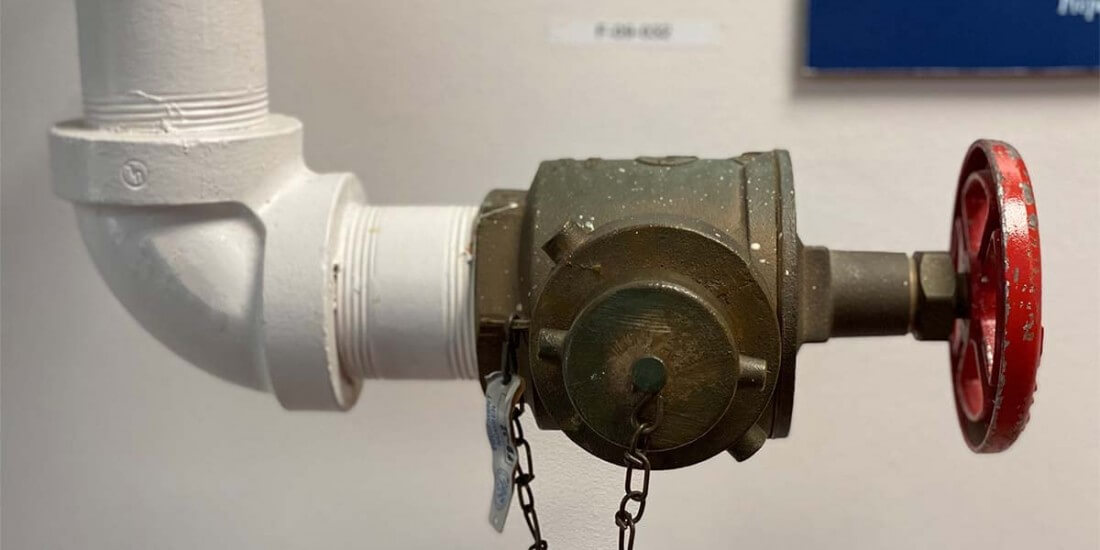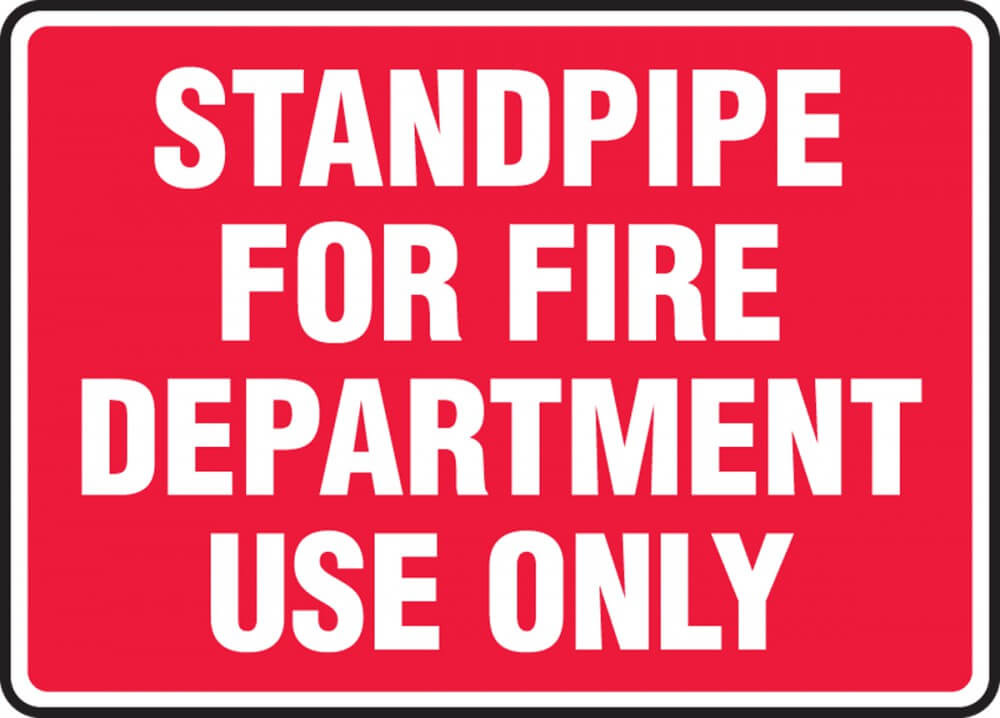Standpipe System Inspection for Tall Buildings in Southeast MI
Standpipes are typically found in buildings over three stories high and serve as the waterways to move water to the upper floors. Standpipe systems include the pipes, valves, and connections arranged to provide attachment points for fire hoses. The National Fire Protection Association (NFPA) publishes standards that provide requirements for the classification, identification, inspection, testing, and maintenance of standpipe systems. Some standpipes provide only valve connections for the fire department to use, and some provide actual fire hoses at the ready for occupant use.
The annual standpipe inspection is part of your annual fire system suppression inspection, along with its associated components, like valves, rings, and gaskets. If any part is worn or damaged, Arbor Inspection Services can usually include repair, replacement, and installation service on the same day.


